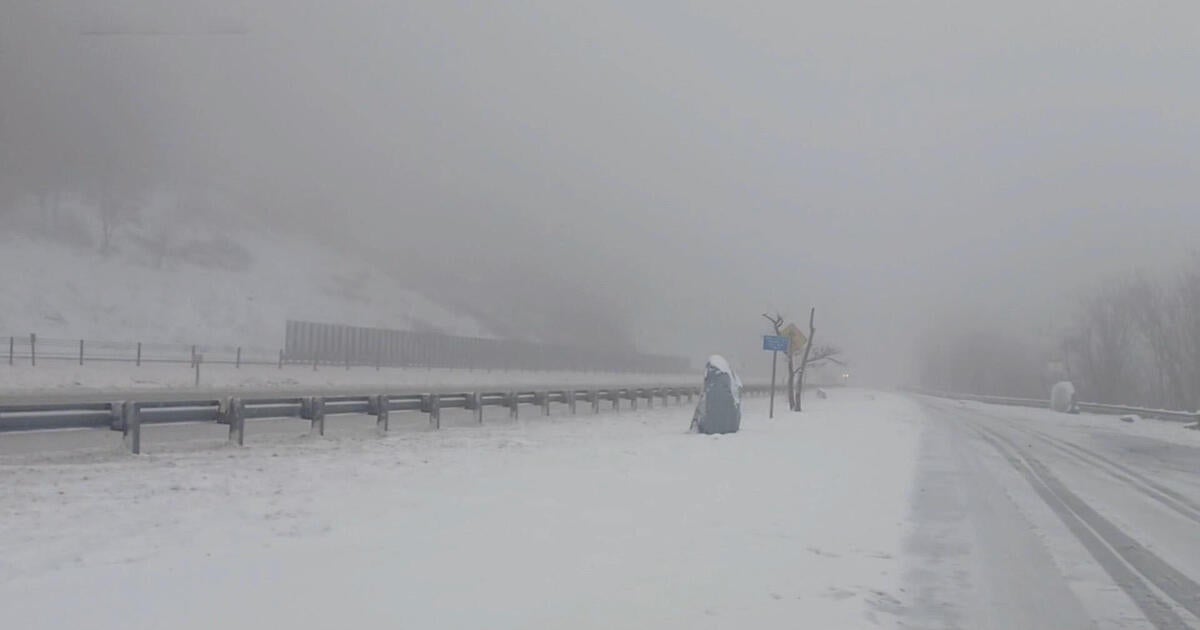Unraveling the Fury: Understanding the Impact of Winter Storms Across the Nation
As winter storms unleash their fury across the country, they bring with them a multitude of challenges and dangers that can significantly disrupt daily life. From heavy snowfall to ice storms, these severe weather events can have devastating effects on communities, infrastructure, and individuals. Understanding the impact of winter storms is crucial for residents and local authorities alike, as it helps in preparing for and mitigating the risks associated with these extreme weather conditions.
The Nature of Winter Storms
Winter storms are complex weather phenomena characterized by a combination of snow, ice, rain, and wind. They can vary greatly in intensity and duration, leading to a wide range of impacts. Meteorologists categorize winter storms into several types, including:
- Snowstorms: Heavy snowfall can accumulate rapidly, creating hazardous driving conditions and increasing the risk of roof collapses.
- Ice Storms: These storms coat surfaces with a layer of ice, creating treacherous conditions for pedestrians and vehicles alike.
- Blizzards: Combining strong winds with heavy snowfall, blizzards can reduce visibility to near-zero, making travel nearly impossible.
- Wintry Mix: A combination of rain, snow, and sleet, wintry mix storms can cause unpredictable conditions, complicating travel and outdoor activities.
The Immediate Impacts of Winter Storms
The immediate impacts of winter storms can be severe and multifaceted. Here are some of the most common effects:
- Transportation Disruptions: Snow and ice can make roads hazardous, leading to traffic accidents and delays. Airports often close or delay flights due to poor weather conditions, stranding travelers.
- Power Outages: Ice accumulation on power lines can cause them to snap, leading to widespread power outages. This can leave residents without heat or electricity during extremely cold temperatures.
- Property Damage: Accumulated snow and ice can damage roofs, trees, and vehicles. The weight of heavy snow can lead to structural failures in buildings.
- Health Risks: Cold temperatures can pose serious health risks, including hypothermia and frostbite. Additionally, slips and falls on icy surfaces can lead to injuries.
Long-term Consequences of Severe Winter Weather
While the immediate effects of winter storms are often visible and alarming, the long-term consequences can also be significant. Communities may face:
- Economic Impact: Businesses may suffer losses due to closures or reduced customer traffic during storms. The costs associated with snow removal and repairs can strain local budgets.
- Infrastructure Damage: Prolonged exposure to harsh winter conditions can deteriorate roads, bridges, and public transportation systems, leading to costly repairs.
- Community Displacement: Severe storms can lead to temporary or permanent displacement of residents, particularly in areas prone to flooding or structural damage.
The Importance of Preparation
Given the potential for significant disruption, preparation is key in mitigating the impact of winter storms. Residents should take proactive steps to ensure their safety and well-being:
- Stay Informed: Monitor weather forecasts and alerts from local authorities. Understanding the severity of an approaching storm can help in making informed decisions.
- Emergency Kits: Prepare an emergency kit with essentials such as food, water, medications, and blankets. Ensure that you have a battery-powered radio and flashlights in case of power outages.
- Winterize Your Home: Insulate pipes, seal windows, and ensure your heating system is in good working order. This can help prevent property damage and keep your family comfortable during extreme cold.
- Plan for Travel: If travel is necessary during winter storms, inform others of your plans, and pack an emergency kit in your vehicle, including blankets, food, and a first aid kit.
Community Response and Recovery
Communities across the nation have developed various strategies to respond to winter storms and facilitate recovery. Coordination between local governments, emergency services, and community organizations is essential for effective response efforts. Key components of successful community response include:
- Snow Removal Operations: Prioritizing snow removal on major roads, emergency routes, and high-traffic areas can help restore mobility as quickly as possible.
- Emergency Shelters: Establishing temporary shelters for those displaced by severe weather ensures that vulnerable populations have access to warmth and safety.
- Public Education Campaigns: Informing residents about winter safety tips, preparation measures, and available community resources can significantly enhance resilience.
Looking Forward: Climate Change and Winter Weather
As the climate continues to change, the patterns of winter storms are also evolving. Research indicates that warmer temperatures may lead to more intense precipitation events, increasing the frequency and severity of winter storms. Communities must adapt to these changing conditions through:
- Improved Infrastructure: Investing in resilient infrastructure can help mitigate damage from severe weather events.
- Policy Changes: Implementing policies that prioritize climate adaptation can enhance community resilience to winter storms.
- Community Engagement: Engaging residents in preparedness initiatives fosters a culture of resilience and collective responsibility.
Conclusion
As winter storms continue to unleash their fury across the nation, understanding their impact is vital for residents, businesses, and local authorities. By preparing effectively, responding swiftly, and adapting to changing climate patterns, communities can not only survive these storms but thrive in their aftermath. While winter weather can be fierce and disruptive, it also presents an opportunity for growth, resilience, and a renewed sense of community. Embracing this challenge will ultimately lead to stronger, more prepared communities ready to face whatever winter has in store.
See more Your Daily Weather



